The royal palaces of Rova Manjakamiadana in Antananarivo
Manjakamiadana means "Where it is easy to rule".
The building with the imposing rova was built in several phases on the site of a small wooden pavilion from the reign of Andrianampoinimerina. In 1839 Ranavalona I asked Jean Laborde to build a palace in the Tranovola style.
Like the ancient royal pavilions, the structure of the building rested on a huge central pillar carved from a rosewood trunk (1 m in diameter, 39 m high) brought by a slave army from the forests of the East, which took about fifteen days to build.
In 1841, Manjakamidadana was presented as a wooden palace 30 m long and 18 m wide, with six rooms one above the other. The tall columns supporting the galleries of the first two floors lightened the proportions of the building. The palace was painted white, except for the balustrades on the upper floors, which were red and black.
In 1869-1872, at the request of Queen Ranavalona II, James Cameron furnished the palace with an ashlar frame that includes a gallery and four corner towers in the Italian style. Since permanent buildings were the exclusive prerogative of the deceased at the time, the queen summoned astrologers and priests to obtain the blessing of her ancestors before she rescinded the "royal ancestral edict" that governed this building standard.
Under the Republic, collections of paintings were installed in the two large halls on the first floor and on the second floor, as well as under the crystal chandeliers of the former throne room on the second floor, the gilded wooden throne, the royal ceremonial clothing, jewelry, palanquins, precious hangings and other evidence of past splendor.
Besakana, "who preserves well".
This pavilion was built around 1800 at the request of King Andrianampoinimerina according to the same principles as 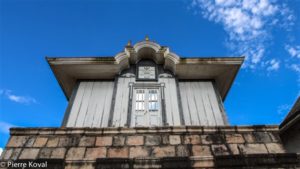
The Royal Temple
It was designed by William Pool for Ranavalona II and the Prime Minister, who were baptized on February 21, 1869. The foundation stone was laid on July 20, 1869. After that, the people graciously provided - as the "King's service" required - 35,000 ashlars, the best wood and the best workers. The construction work took place between 1872 and 1880.
Mahitsielafanjaka, "An upright spirit reigns for a long time".
Mahandrihono, the Royal Pavilion of Ambohimanga, served as a model for this house built around 1796.
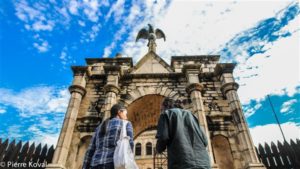
It housed the raised bed of King Andrianampoinimerina, where he in turn received his twelve wives, a fireplace, kitchen utensils, some weapons, seats and a table.
Tranovola "The Silver House".
Louis Gros built around 1820 at the request of Radama I. the first royal building with floors, glass windows, porches and a shingled hipped roof.
The silver bells that decorated the roof gave it its name. A bronze eagle imported from France, similar to the eagle on the porch, watched over the building.
The palace was demolished on the orders of Ranavalona I and replaced in 1845 by a larger but similarly distinctive 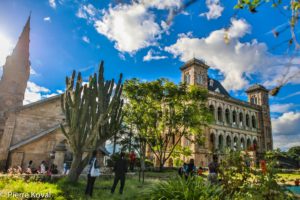
Manampisoa, "More Beauty."
Rasoherina had this elegant palace built by William Pool from 1865 to 1867 according to plans by James Cameron. The wooden building was 20 m long, 10 m wide and 17 m high.
Painted in black and red, it was distinguished by the grace of its balconies and the introduction of shallow fluted columns with Ionic capitals. The floors, ceilings, paneling and balusters were made of ebony and rosewood.
Manampisoa was transformed into a museum of the royal family in the 20th century: Ceremonial costumes, weapons, jewelry, headdresses, ornaments, musical instruments, silverware, furniture, etc.

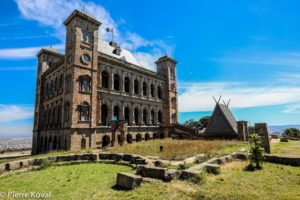


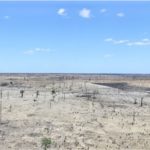


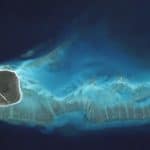

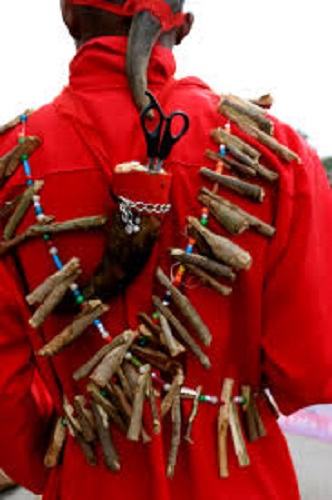

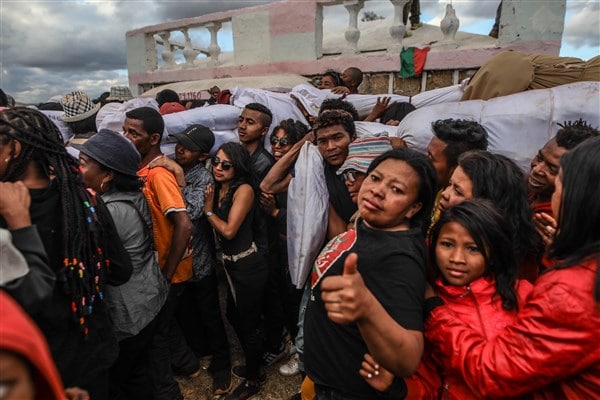

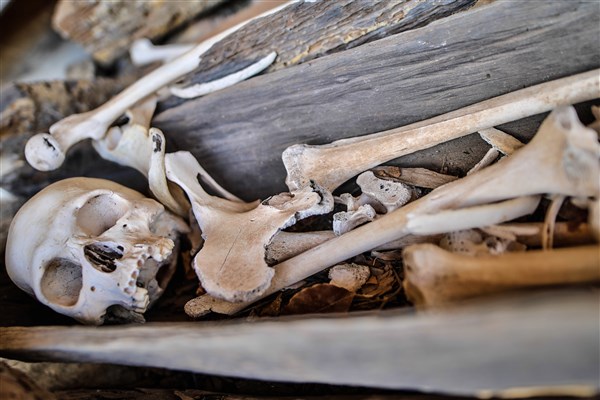




 Villa Sibylle Antananarivo (Madagascar)
Villa Sibylle Antananarivo (Madagascar)

